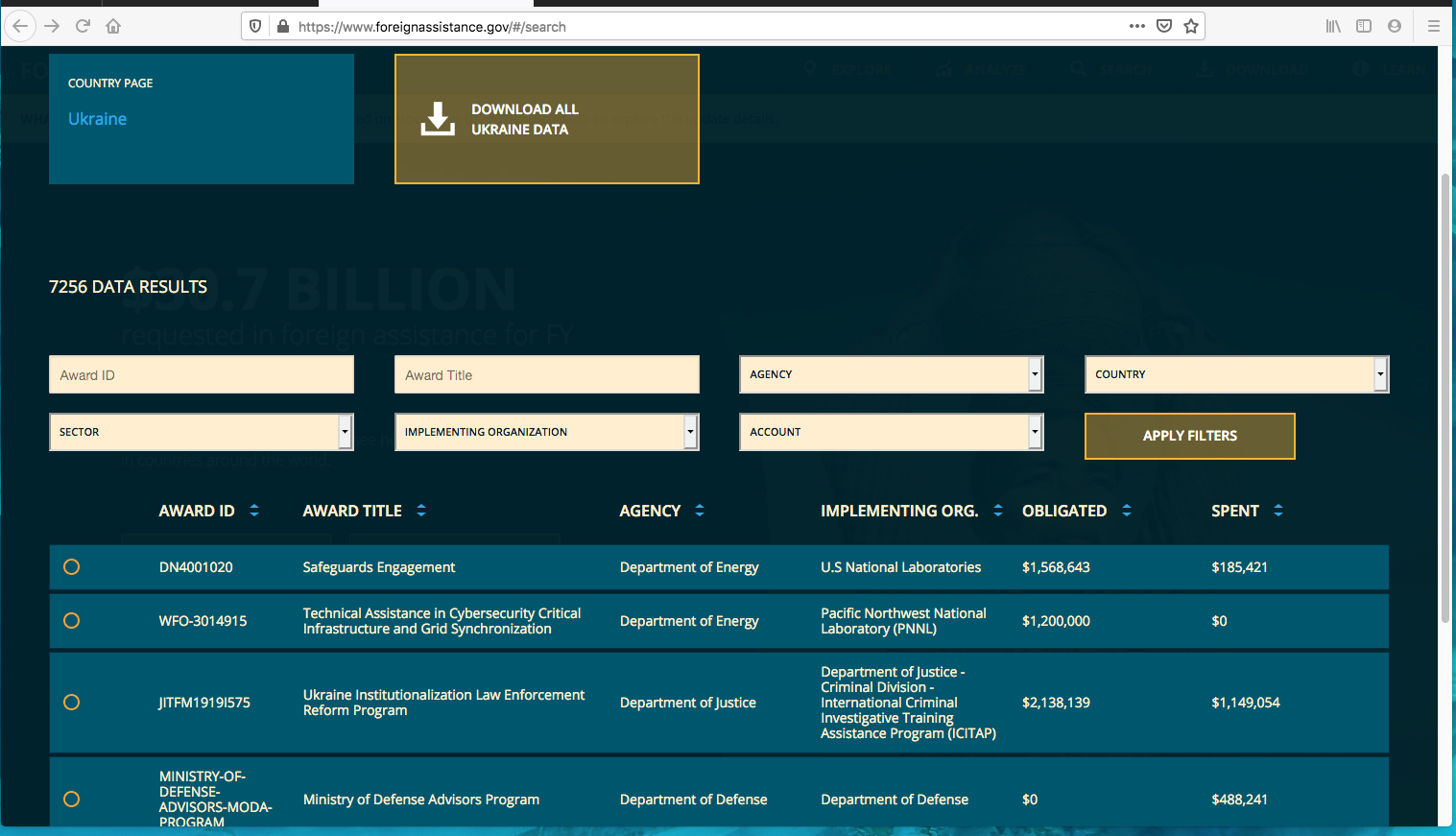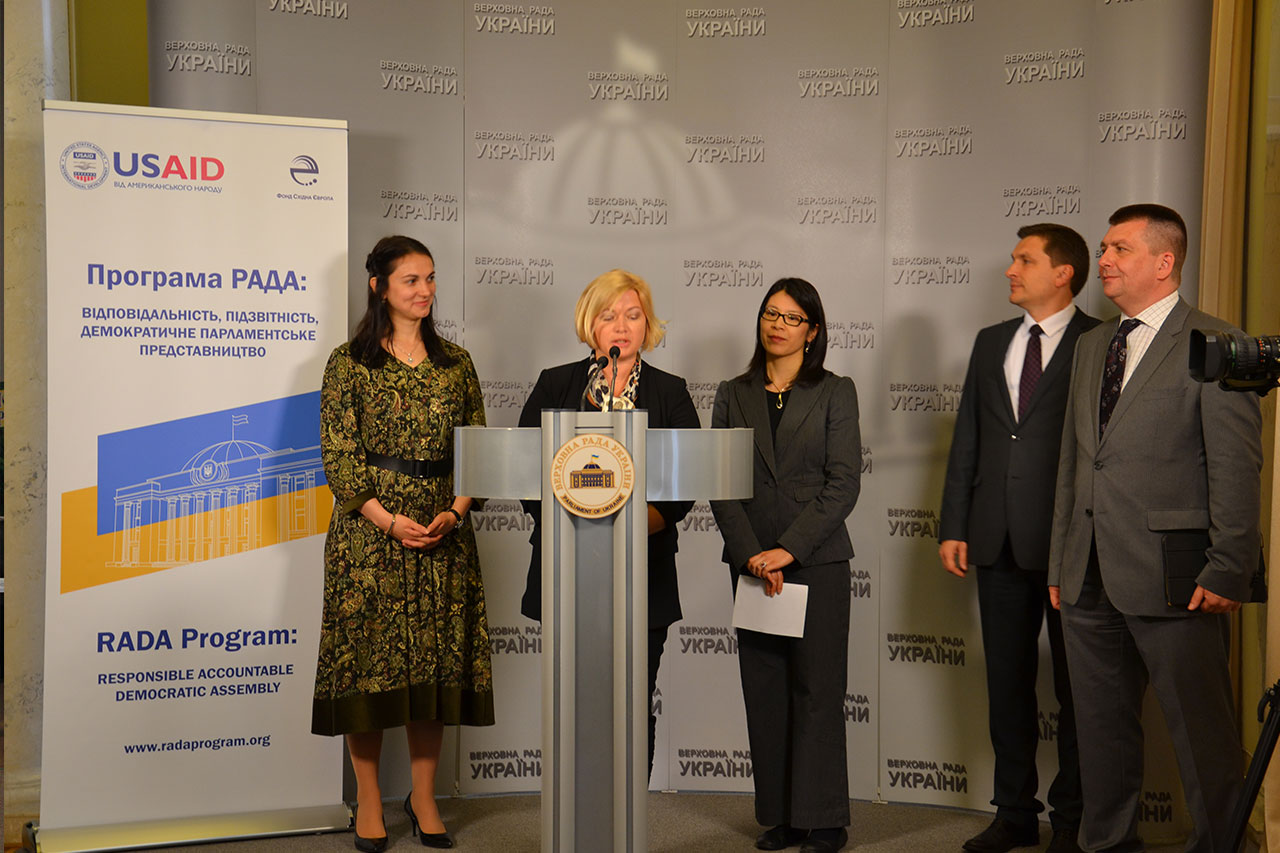President Trump has long pledged to sign off on declaring drug cartels as terror organizations going back to at least March of 2019.
Mexican security forces on Sunday killed seven more members of a presumed cartel assault force that rolled into a town near the Texas border and staged an hour-long attack, officials said, putting the overall death toll at 20.
The Coahuila state government said in a statement that lawmen aided by helicopters were still chasing remnants of the force that arrived in a convoy of pickup trucks and attacked the city hall of Villa Union on Saturday.
The reason for the military-style attack remained unclear. Cartels have been contending for control of smuggling routes in northern Mexico, but there was no immediate evidence that a rival cartel had been targeted in Villa Union.
Earlier Sunday, the state government had issued a statement saying seven attackers were killed Sunday in addition to seven who died Saturday. It had said three other bodies had not been identified, but its later statement lowered the total deaths to 20.
The governor said the armed group — at least some in military style garb — stormed the town of 3,000 residents in a convoy of trucks, attacking local government offices and prompting state and federal forces to intervene. Bullet-riddled trucks left abandoned in the streets were marked C.D.N. — Spanish initials of the Cartel of the Northeast gang.
Given the recent deaths in two attacks, momentum is building and what is taking so long? Frankly, it comes down to the trade deal(s) between the United States and Mexico which has been approved by Mexico, Canada and the Unites States but not ratified yet by our own Congress.
For some context on how easy it is to apply sanctions regarding ‘countering narcotics trafficking’ there is a law titled the King Pin Act. Recently updated this past June, The Foreign Narcotics King Pin Designation Act has 32 pages, two columns of named individuals or organizations.
In part of this law for reference includes:
On December 3, 1999, the President signed into law the Kingpin Act (21 U.S.C. §§
1901-1908 and 8 U.S.C § 1182), providing authority for the application of
sanctions to significant foreign narcotics traffickers and their organizations
operating worldwide. Section 805(b) of the Kingpin Act blocks all property and
interests in property within the United States, or within the possession or
control of any U.S. person, which are owned or controlled by significant foreign
narcotics traffickers, as identified by the President, or foreign persons
designated by the Secretary of the Treasury, after consultation with the
Attorney General, the Director of Central Intelligence, the Director of the
Federal Bureau of Investigation, the Administrator of the Drug Enforcement
Administration, the Secretary of Defense, the Secretary of Homeland Security,
and the Secretary of State, as meeting the criteria as identified in the Kingpin
Act.
On July 5, 2000, OFAC issued the Foreign Narcotics Kingpin Sanctions
Regulations, 31 C.F.R. Part 598, which implement the Kingpin Act and block all
property and interests in property within the United States, or within the
possession or control of any U.S. person, which are owned or controlled by
specially designated narcotics traffickers, as identified by the President, or
foreign persons designated by the Secretary of the Treasury, after consultation
with the Attorney General, the Director of Central Intelligence, the Director of
the Federal Bureau of Investigation, the Administrator of the Drug Enforcement
Administration, the Secretary of Defense, the Secretary of Homeland Security and
the Secretary of State, as meeting the following criteria:
• Materially assists in, or provides financial or technological support for or
to, or provides goods or services in support of, the international narcotics
trafficking activities of a specially designated narcotics trafficker;
• Owned, controlled, or directed by, or acts for or on behalf of, a specially
designated narcotics trafficker; or
• Plays a significant role in international narcotics trafficking.
III. PROHIBITED TRANSACTIONS
E.O. 12978
E.O. 12978 blocks the property and interests in property in the United States,
or in the possession or control of U.S. persons, of the persons listed in the
Annex to E.O. 12978, as well as of any foreign person determined by the
Secretary of the Treasury, after consultation with the Attorney General and the
Secretary of State, to be a specially designated narcotics trafficker.
The names of persons and entities listed in the Annex to E.O. 12978 or
designated pursuant to E.O. 12978, whose property and interests in property are
therefore blocked, are published in the Federal Register and incorporated into
OFAC’s list of Specially Designated Nationals and Blocked Persons (SDN List)
with the OFAC program tag “[SDNT].” The SDN List is available through OFAC’s web
site: http://www.treasury.gov/sdn.
THE KINGPIN ACT
The Kingpin Act blocks all property and interests in property within the United
States, or within the possession or control of any U.S. person, of the persons,
identified by the President, or foreign persons designated by the Secretary of
the Treasury, after consultation with the previously identified federal
agencies.
So, what is the problem? Actually it is likely the top government officials of Mexico would be sanctioned and the government itself would fall. The other suggestion is U.S. domestic banks would be implicated as well as some city officials in the United States including Los Angeles, Chicago, New York, Newark and Miami.
The consequences are huge but it is time.


 The University of Farmington’s headquarters was in this office building on Northwestern Highway north of Inkster Road in Farmington Hills.
The University of Farmington’s headquarters was in this office building on Northwestern Highway north of Inkster Road in Farmington Hills. 



